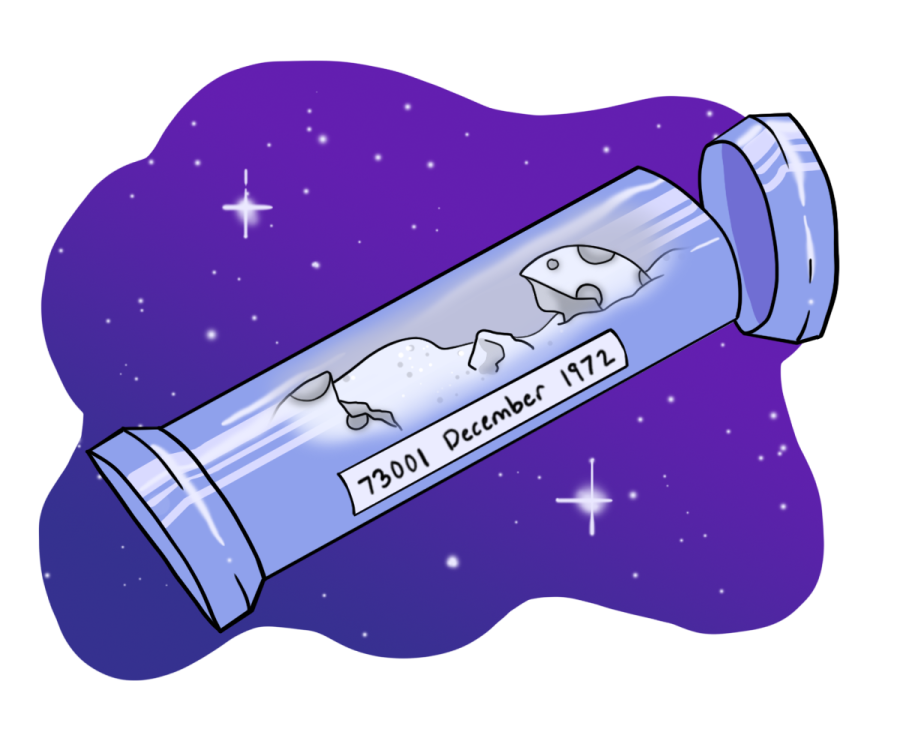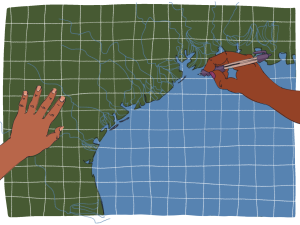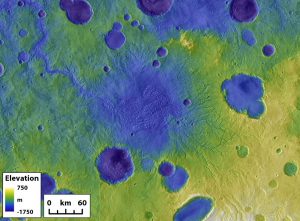UT-Austin researchers scan lunar time capsule opened for first time in 50 years
April 12, 2022
With the help of UT researchers, NASA scientists scanned and opened one of the last samples of rock and soil collected nearly 50 years ago on the moon during NASA’s Apollo program last month.
During the Apollo 17 mission in 1972, astronauts collected samples of lunar soil called regolith using a double drive tube container, said Romy Hanna, research associate at the High-Resolution X-Ray Computed Tomography Facility at UT.
The upper half of the tube was brought to Earth in a container and remained unopened until 2019, while the bottom half was opened in March. Before the two samples were opened, researchers scanned the tubes at UTCT, Hanna said.
“(The samples) contain really important information about the structural integrity of the lunar surface, the composition and how it varies in a typical lunar regolith area,” Hanna said. “And so it’ll be important for future manned missions as well as landers and rovers on the moon because it will give information about the physical structure of the regolith on the moon as you go deeper.”
NASA said they kept some of the samples unopened so scientists could analyze them with more advanced technology, according to a press release in November 2019.
“We have had an opportunity to open up this incredibly precious sample that’s been saved for 50 years under vacuum, and we finally get to see what treasures are held within, ” said Thomas Zurbuchen, associate administrator of NASA’s Science Mission Directorate in Washington in a press release from last month.
Hanna said the drive tubes used to capture this sample are unlike other containers used to capture lunar samples because they preserve the original layers of regolith as they were on the moon.
UTCT researchers scanned individual sections of the tube and stitched the images together to create a 3D dataset of the full core to see what the lunar samples looked like before the containers were opened.
Hanna said the partnership between NASA and UT came from a long standing relationship with the Johnson Space Center in Houston, where the two samples were opened. Before JSC had its own CT scanner, scientists would come to UTCT to perform scientific X-rays, she said.
“We just provide the best data … and JSC recognized that,” said Hanna. “Despite them having their own CT scanner at JSC, they cannot achieve the same spatial resolution that our machine can.”







